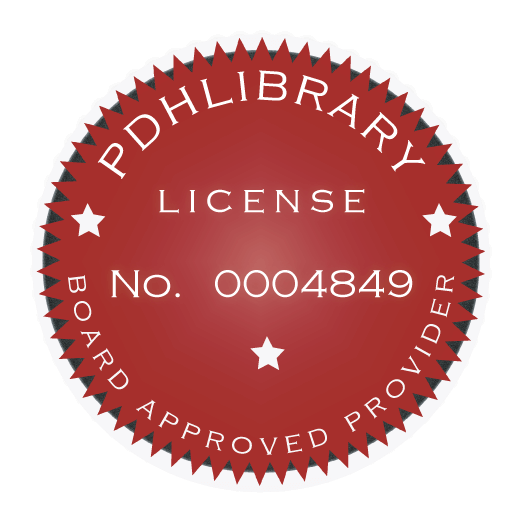This continuing education course establishes and standardizes stability criteria for use in the design and evaluation of the many various types of concrete structures and retaining walls common to Engineers in civil works projects. As used in this manual, the term “stability” applies to external global stability (sliding, rotation, flotation and bearing), not to internal stability failures such as sliding on lift surfaces or exceedance of allowable material strengths.
This course covers requirements for static methods used in stability analyses of hydraulic structures. The types of concrete structures addressed in this manual include dams, locks, retaining walls, inland floodwalls, coastal floodwalls, spillways, outlet works, hydroelectric power plants, pumping plants, and U-channels. The structures may be founded on rock or soil and have either flat or sloped bases. Pile-founded structures, sheet-pile structures, and footings for buildings are not included. These requirements apply to all potential failure planes at or slightly below the structure/foundation interface. They also apply to certain potential failure planes within unreinforced concrete gravity structures. This course defines the types and combination of applied loads, including uplift forces due to hydrostatic pressures in the foundation material. The course defines the various components that enable the structure to resist movement, including anchors to the foundation. Most importantly, the course prescribes the safety factors, which govern stability requirements for the structure for various load combinations. Also, guidance is provided for evaluating and improving the stability of existing structures.
We will be covering Army Corps of Engineers document "Stability Analysis Of Concrete Structures" chapters 1-4. In these chapters we will be discussing Failure Modes and Wedge Sliding Analysis, Stability Requirements, and other general topics regarding the stability analysis of concrete structures.

